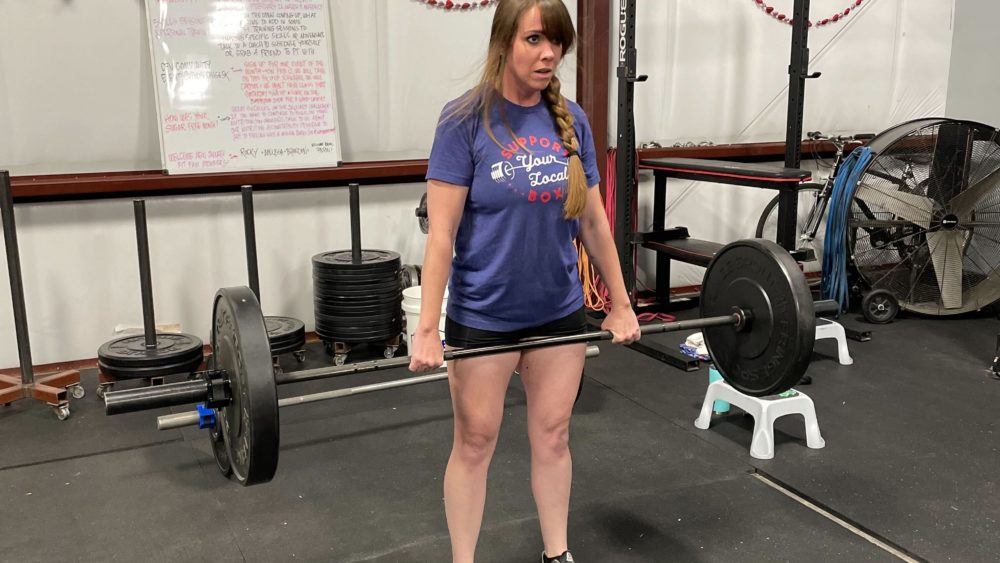
I remember back in about 2007-ish when functional movements were starting to become all the rage in the fitness industry. The crazy thing was NO ONE stopped to ask, “What exactly is a functional movement?” The thought seemed to basically see it as doing something in the gym that just wasn’t a traditional gym movement. You could be jumping on a box or doing some weird shit with the bosu ball. Those were basically the two requirements. Side note: it was funny how running on the treadmill was NEVER considered functional. Anywho, fast forward about 3 years to when CrossFit was really picking up steam (CrossFit got started in 2000) and a REAL definition of functional movements was finally provided. Although, it was basically discarded by most commercial gym trainers and a host of governing bodies. It is and remains, to my knowledge, the only true definition in the fitness space as to what constitutes a functional movement. Before we can agree on how we’re going to quantify anything, we must first define it.
So here it is. The CrossFit definition of what constitutes a functional movement. A functional movement is any movement that displays the ability to move a large load a long distance and do it quickly. Simple. Large load, long distance, move it quickly. What are we saying in scientific terms? Power. What is the formula for power?
Force x Distance
Time
You guys remember that from high school physics, right? Well, yeah, that’s it. Does the movement have the capacity to display a high power output? Let’s go down the list of some of our favorites. Clean and Jerk? You better believe it’s functional. Comparatively speaking, because everyone’s strength is, taking 185# from the floor and getting it over my head in the span of roughly 5 seconds is enough to constitute being super heavy, super far, and super fast. What is even remotely the equivalent of that in a traditional gym setting? I honestly can’t think of anything. Maybe that was too easy. What about the air squat? I’m only moving my body weight. Sure, maybe just one repetition won’t yield that high of a power output but if I do 30 reps in 30 seconds, which is certainly possible, that would yield a massive power output. Can the same be said for a leg extension in the traditional gym setting? It’s certainly not going to match up in terms of load (force). My body weight is 160 pounds. The most I’m going to do on a leg extension is probably 100lbs. It’s not even in the same ballpark in terms of distance covered, so I’m not even going to elaborate on that one. Functional movements, REAL functional movements, are vastly superior in developing an athlete plain and simple.
Just so there’s no gray area though, there are some defining characteristics of functional movements. If you aren’t sure you can go through this checklist. They’re natural. Squatting was how humans first used to sit down. It’s part of your DNA. They’re safe post 1 rep max. You ever add just TEN POUNDS to your 1 rep max deadlift? What happens? The bar doesn’t move. What if you’re doing a dumbbell fly on a bench and you go 10# too heavy? Is there anything stopping you from hurting your shoulder? Nope. They’re core to extremity.The ability to perform these movements originates with your big muscle groups first (core, hips) and finishes with your extremities (arms, legs). They display universal motor recruitment patterns. This means you can find these movements anywhere. Next time your dog gets up on the couch pay attention to how it resembles a muscle up. Functional movements are multi-joint movements. A bicep curl only involves the elbow. A pull-up involves the elbow and shoulder joint. They’re also effective. Have you ever seen someone take a massive load from the floor to just below their hip and it NOT be a deadlift? I don’t have a second best movement for getting a huge weight off the floor.
Do we do some movements in CrossFit that aren’t truly functional by definition? Sure. The L-sit comes to mind. The double under probably doesn’t meet a ton of the criteria either. So, why do them? Because the payoff is worth it. The L-sit demonstrates trunk and hip flexor ability that is crucial in olympic weightlifting. The double under aids in major advancement of coordination, accuracy, and cardio respiratory endurance.
Functional movements have nothing to do with a bosu ball or battle ropes. The easiest way to see if a movement is made up or not is by simply asking, “Would anyone have to teach me how to do that?” Think of the battle ropes. 90% of people can walk up to those things having just watched someone else do it and have no problem with it. As SIMPLE as the deadlift is, I have ROUTINELY demonstrated one only to have a majority of faults occur in the athlete I’m training. Demonstration is not teaching. Teaching requires progressions. Functional movements require learning and are essential to your athletic development and way of life.
Ready to learn and put your health at the top of your priority list (here’s a little secret – it’s worth it), set up a time to meet with us.
